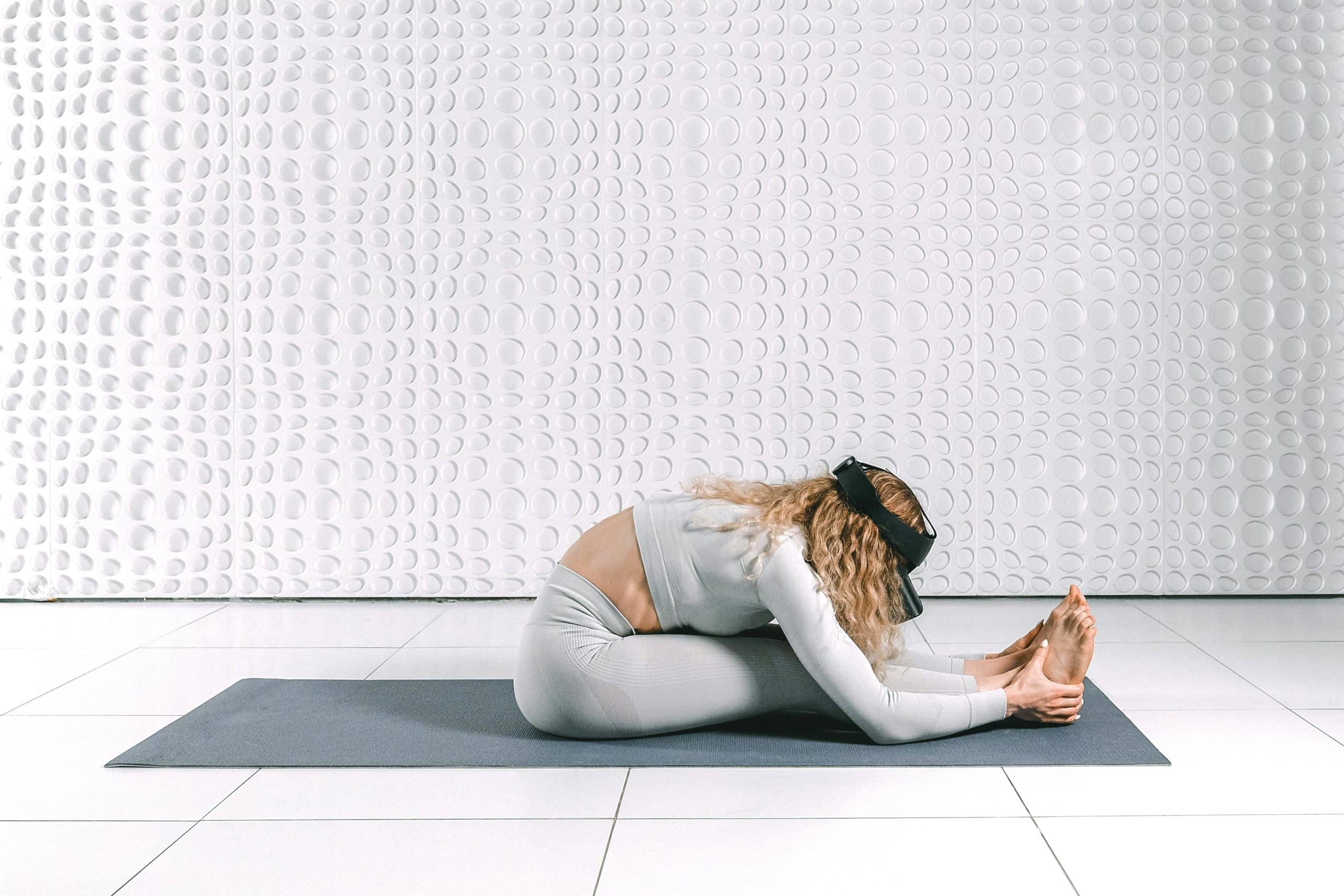How Can Virtual Reality Tech Improve Tactical Decision-Making in Hockey Goalies?

In the ever-evolving universe of sports, technological advancements have made it easier for athletes to work on their skills and improve their game. Hockey goalies, being pivotal players in the game, can particularly benefit from virtual reality technology. This article will delve into the benefits of virtual reality training for hockey goalies, focusing on how it can enhance their tactical decision-making skills.
Virtual Reality in Sports Training
Virtual reality, despite being a newer technology, has found its niche in sports training. It offers players an immersive, real-time experience that closely mimics the actual game scenarios.
A lire aussi : How Can Biofeedback Training Enhance Free Throw Accuracy in Basketball Players?
Virtual reality allows athletes to participate in the game virtually, observing the game from a third-person perspective or experiencing it from the first-person view. The technology can replicate real conditions that players usually experience in a game, presenting the players with situations where they are required to take quick decisions. This aspect of virtual reality can prove instrumental in honing the tactical decision-making skills of hockey goalies.
Further substantiating the effectiveness of virtual reality in sports training, a study titled "Virtual Reality Training for Sports" published on PubMed, revealed that VR training can significantly improve the cognitive capabilities of athletes, including their decision-making skills.
Lire également : What Are the Ethical Considerations for the Use of Performance-Enhancing Wearables in Sports?
Enhancing Tactical Decision-making in Hockey Goalies
Hockey goalies carry the significant responsibility of defending the goal from the opposing team’s attempts. Often, the outcome of the game hinges on the goalie’s ability to make smart, quick decisions. Therefore, goalies must continuously sharpen their tactical decision-making skills.
Virtual reality offers an innovative solution for this. By immersing goalies in a virtual game, the technology can simulate high-pressure scenarios they are likely to encounter in a real match. The data gathered from these virtual games can then be analyzed to provide the player with valuable insights about their performance, thus allowing them to fine-tune their decision-making skills.
Real-time Performance Analysis with Virtual Reality
Virtual reality training offers a benefit beyond the real game – the ability to analyze performance in real-time. Using VR, hockey goalies can immerse themselves in a simulated game scenario and make decisions as they would in a real game.
This virtual game is recorded, and the data generated during the game can be subjected to rigorous analysis. Such analysis helps identify the strengths and weaknesses of the goalie’s decision-making process. With the findings from the analysis, the goalie can focus on the areas that need improvement, leading to enhanced performance on the ice.
The Role of Crossref in Performance Analysis
Crossref, a data retrieval service, plays a crucial role in performance analysis. It allows the integration of the data generated from different sources. When combined with virtual reality technology, it can offer a comprehensive analysis of a player’s performance.
For instance, the data from a virtual game can be combined with a player’s historical performance data, offering a holistic view of their skills and decision-making capabilities. This integrated analysis can help identify patterns, trends, and areas for improvement that might not be visible when analyzing data sets independently.
Virtual Reality as the Future of Hockey Training
The use of virtual reality in hockey training is not just a passing trend. The technology holds the potential to revolutionize how players train and improve their performance. By providing an immersive, real-time experience, virtual reality allows players to hone their skills in a controlled environment.
In the case of hockey goalies, virtual reality can help them sharpen their decision-making skills, which often make the difference between a win and loss in a game. By allowing goalies to practice in game-like scenarios and making real-time performance analysis possible, virtual reality has positioned itself as a potent tool in the arsenal of hockey training techniques.
While we’re still in the early stages of fully exploiting this technology, the potential benefits are immense. As we continue to refine and improve virtual reality, its role in sports training is only set to become more significant.
As we move ahead, it will be fascinating to see how this dynamic intersection of sports and technology continues to evolve. And for hockey goalies, this innovative training method might just be the game-changer they need to stay ahead on the ice.
Utilization of Computer Vision in Virtual Reality Training
The integration of computer vision with virtual reality has further enhanced the effectiveness of VR training for hockey goalies. Computer vision, a field of artificial intelligence, deals with enabling machines to visually perceive their environment and make sense of it.
In the context of virtual reality training for hockey goalies, computer vision comes into play through the capture system. This system records the movements of the goalie during a virtual game, documenting each action with precision. The data captured includes aspects like the player’s reaction time, movement speed, and decision-making process under varying game scenarios.
The recorded data can then be processed and analyzed in real time, offering insights into the goalie’s performance. Unlike traditional training methods, this technology-driven approach provides objective, precise, and comprehensive feedback.
For instance, the goalie can learn how their decision to block a shot from the left impacted the game’s outcome. Similarly, they can understand why their decision to stay put instead of lunging towards the puck resulted in a goal for the opposing team.
In essence, the combination of computer vision and virtual reality offers a more nuanced understanding of the goalie’s decision-making process. This understanding, in turn, can facilitate the development of more effective training strategies tailored to the individual goalie’s needs.
Expansive Research on VR Training in Ice Hockey through Open Access
Due to the promising results of virtual reality training in sports, extensive research is being conducted on its efficacy, particularly for hockey players. Many of these studies are available through open access, making the findings widely accessible to players, coaches, and other stakeholders in the sport.
Open access platforms like Google Scholar, Crossref PubMed, and Preprints Org publish a wealth of studies on the subject. A significant number of these papers point towards the positive impact of virtual reality training on athletes’ decision-making abilities.
One such research paper, accessible through Sci Google, demonstrates how VR training helped improve the cognitive capabilities of ice hockey goalies. Similar studies indexed by Res Google detail how virtual reality technology, combined with computer vision, can significantly enhance real-time performance analysis.
In conclusion, it’s evident that virtual reality has a growing role to play in sports training, particularly for positions requiring quick and smart decision-making, like hockey goalies. Through immersive virtual environments, real-time performance analysis, and the integration of advanced fields like computer vision, VR training is set to revolutionize the way athletes train and improve their skills.
Advancements in technology coupled with the widespread availability of research findings through open access platforms will undoubtedly continue to fuel this trend. As we forge ahead, it is clear that virtual reality training, in conjunction with modern data analysis techniques, will continue to reshape the future of sports training, paving the way for more skilled, agile, and tactically superior hockey goalies.
